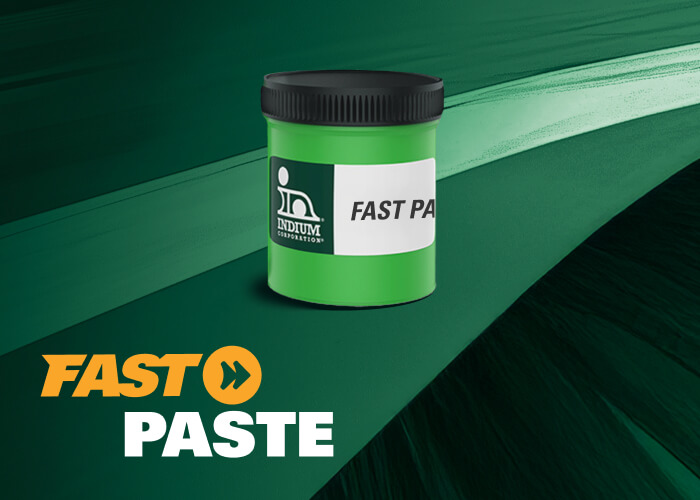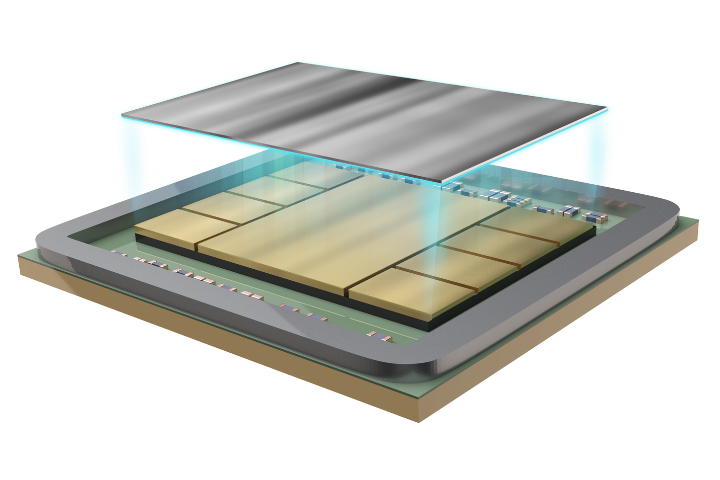Folks,
About two years ago it appeared that SAC305 (3.0% silver, 0.5% Cu, the balance tin) was becoming the de-facto standard for Pb-Free assembly. With the increased need for shock resistance in consumer products such as mobile phones and iPod type devices, SAC305 is starting to lose favor. The reason being, that in drop tests (i.e a device is dropped on a cement floor from a certain height, x times) SAC305 performs worse than tin-lead solder and worse than SAC105. So some mobile device manufacturers are switching to SAC105. The current very high cost of silver has helped "grease the skids" for this transistion.
This topic has raised interest among solder scientists. It is accepted that the silver in SAC305 causes silver tin intermetallic platelets (see photo). These platelets cause mechanical stress raisers that lower shock resistance. Since SAC105 has less silver, it forms few platelets and as a result performs better in drop tests.
Unfortunately, SAC105 melts at about 227C about 10C higher than SAC305's 217C or so. SAC105 also performs poorly in thermal cycle testing. So folks are investigating adding small amounts of other alloying elements to further improve shock resistance, obtain better thermal cycle fatigue life, and also lower the melting temperature closer to 217C.
Along with halogen free assembly, I expect this to be one of the defining issues in assembly materials for the near future.
Cheers,
Dr. Ron
BTW, I am writing this at APEX 2008. The show seems well attended and as expected, halogen-free assembly is a big issue.



